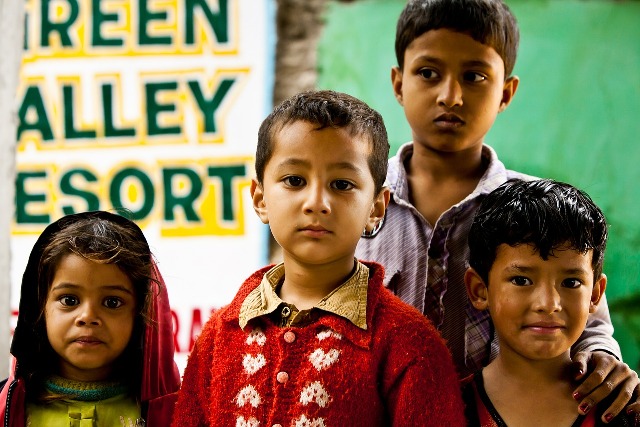Framework For Ending Child Labour In India
Related Articles
आणंद- पादरा को जोड़ने वाला गंभीरा पुल टूटा, महिसागर में समा गईं कई गाड़ियां
Gambhira Bridge Collapse: गुजरात के वडोदरा जिले के पादरा तालुका में आणंद और पादरा को जोड़ने वाले गंभीरा पुल का एक हिस्सा ढह गया।...
यमन में मौत की सजा काट रही भारतीय नर्स निमिशा प्रिया को 16 जुलाई को दी जाएगी फांसी
यमन में नागरिक तलाल अब्दो मेहदी की हत्या के मामले में दोषी ठहराई गई, 2017 से जेल में सज़ा काट रही भारतीय नर्स निमिशा...
Nagpur Rains: नागपुर में भारी बारिश से हालात खराब, स्कूल-कॉलेज बंद, रेड अलर्ट जारी
Nagpur Rains: नागपुर में पिछले कुछ दिनों से लगातार तेज बारिश हो रही है। मौसम विभाग ने आज नागपुर और वर्धा जिलों के लिए...

